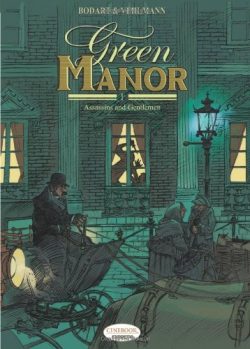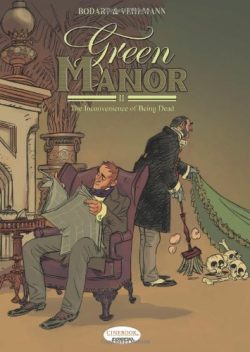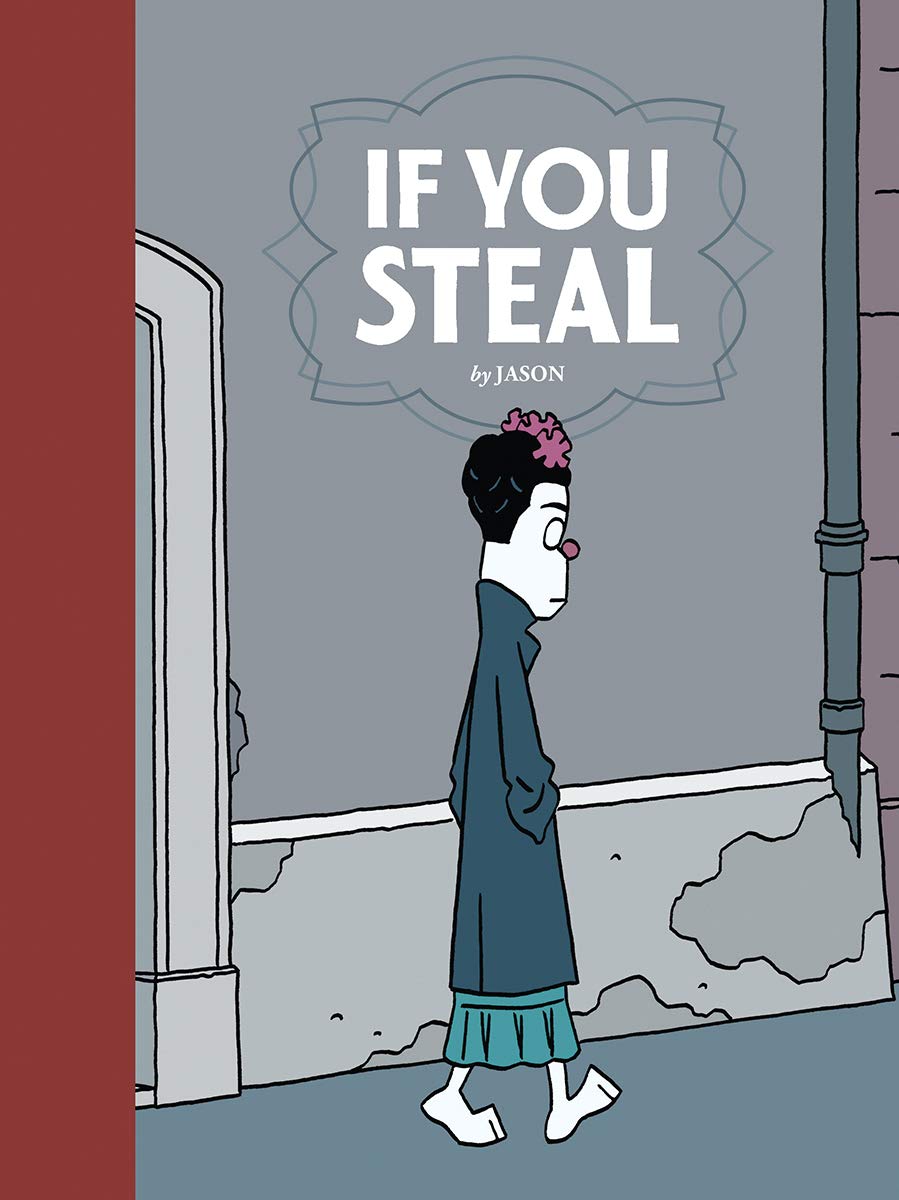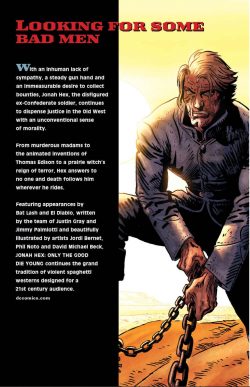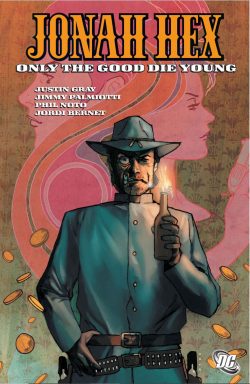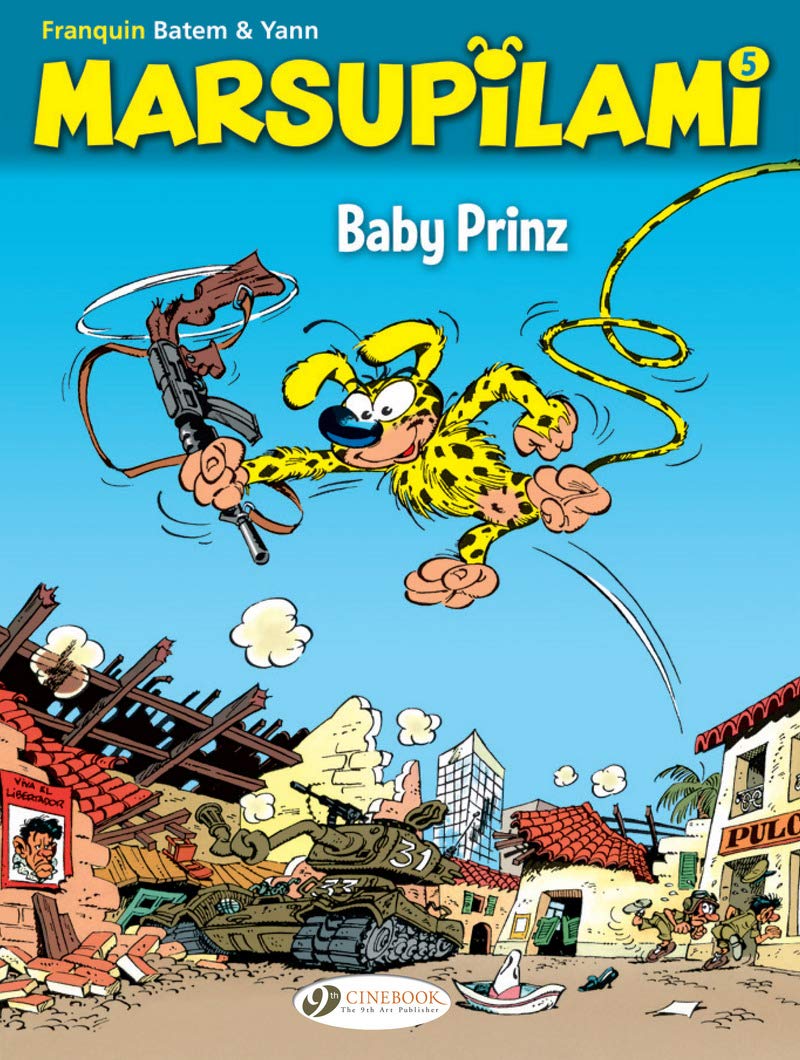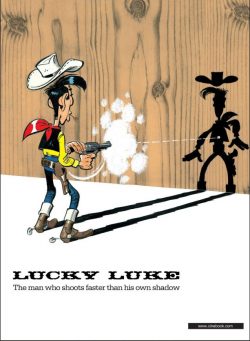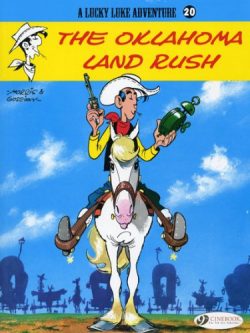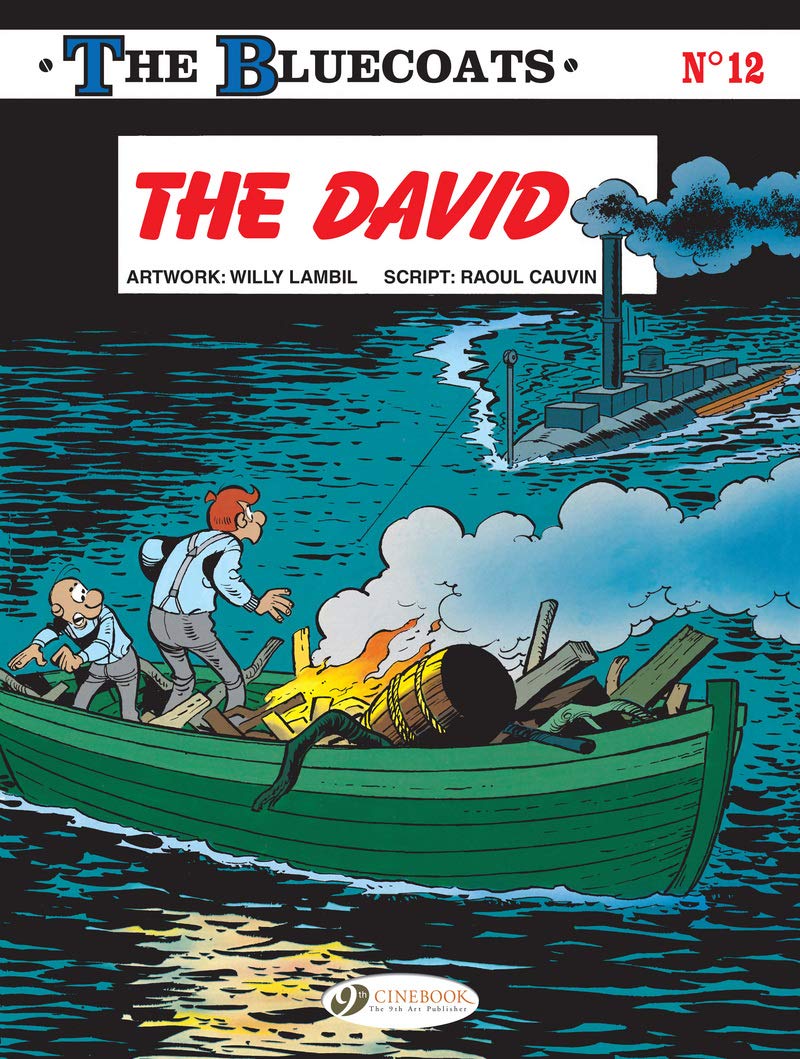
By Willy Lambil & Raoul Cauvin, translated by Jerome Saincantin (Cinebook)
ISBN: 978-1-849184-30-4 (Album PB/Digital edition)
Devised by Louis “Salvé†Salvérius & Raoul Cauvin – who scripted the first 64 best-selling volumes until retirement in 2020 – Les Tuniques Bleues (The Bluecoats) debuted at the end of the 1960s, specifically created to replace Lucky Luke when the laconic maverick defected from weekly anthology Le Journal de Spirou to rival publication Pilote.
From its first sallies, the substitute strip swiftly became hugely popular: one of the most popular bande dessinée series in Europe. In case you were wondering, it is now scribed by Jose-Luis Munuera and the BeKa writing partnership…
Salvé was a cartoonist of the Gallic big-foot/big-nose humour school, and after his sudden death in 1972, successor Willy “Lambil†Lambillotte gradually adopted a more realistic – but still overtly comedic – tone and manner. Lambil is Belgian, born in 1936 and, after studying Fine Art in college, joined publishing giant Dupuis in 1952 as a letterer.
Born in 1938, scripter Cauvin was also Belgian and – before entering Dupuis’ animation department in 1960 – studied Lithography. He soon discovered his true calling – comedy – and began a glittering, prolific writing career at Le Journal de Spirou. In addition to Bluecoats he scripted dozens of long-running, award winning series including Cédric, Les Femmes en Blanc and Agent 212: more than 240 separate albums. The Bluecoats alone has sold more than 15 million copies of its 65 (and counting) album sequence. Cauvin passed away on August 19 2021 but his vast legacy of laughter remains.
Here, our long-suffering protagonists are Sergeant Cornelius Chesterfield and Corporal Blutch; worthy fools in the manner of Laurel & Hardy: hapless, ill-starred US cavalrymen defending America during the War Between the States.
The original format featured single-page gags set around an Indian-plagued Wild West fort, but from the second volume – Du Nord au Sud – the sad-sack soldiers were situated back East, fighting in the American Civil War. All subsequent adventures – despite ranging far beyond the traditional environs of America and taking in a lot of genuine and thoroughly researched history – are set within the timeframe of the Secession conflict.
Blutch is your run-of-the-mill, whinging little-man-in-the street: work-shy, mouthy, devious and especially critical of the army and its inept commanders. Ducking, diving, even deserting whenever he can, he’s you or me – except sometimes he’s smart. principled or heroic if no easier option is available.
Chesterfield is a big, burly professional fighting man; a proud career soldier of the 22nd Cavalry who passionately believes in the patriotism and esprit-de-corps of the Military. He is brave, never shirks his duty and hungers to be a medal-wearing hero. He also loves his cynical little troll of a pal. They quarrel like a married couple, fight like brothers and simply cannot agree on the point and purpose of the horrendous war they are trapped in… a situation that stretches their friendship to breaking point in this deceptively edgy instalment.
The David is the 12th translated Cinebook volume and 19th sequential European release. As Les Tuniques Bleues: Le David it was originally serialised in Le Journal de Spirou #2265-2275 before collection as another mega-selling album in 1982, with C.H.A.B. & Philippe Francart credited for additional research.
The comedic drama is another based on – but broadly extrapolating upon – actual historical events, specifically the deployment of the CSS David: an early success in the development of submarine warfare. Built in 1863 by businessman T. Stoney in Charleston, South Carolina, it was a 4-man, steam-powered submersible torpedo boat used by the Confederate States Navy to challenge the Union’s shipping blockade. David was largely unsuccessful and one of many different protypes built to challenge the North’s “Ironcladsâ€, with its last recorded action occurring on April 18, 1864. As is usually the case, legend far exceeds factual truth, but that’s no bad thing here as the unlikely warriors undertake one of their most dangerous ventures…
Off the Carolina coast, a Union warship spots a blockade-runner trying to reach port with desperately-needed supplies. As the warship confidently closes in, the steamer sends a signal to shore, and within minutes disaster strikes…
Days later, in Washington DC, Abraham Lincoln and the War Cabinet argue the impossibility of fighting an invisible enemy. With the almost-accomplished siege of attrition endangered, the President orders the mystery solved and neutralised at any cost…
Meanwhile inland, Blutch has had enough of the bloodbath battle tactics of utterly deranged, apparently invulnerable maniac Captain Stark. That glory-addicted cavalry charger has caused the deaths of more Union soldiers than the enemy ever could. Thus, at the end of his tether, the little man has downed tools. Refusing to ride again directly into Confederate guns – apparently 11 times in one day is his limit – he has gone on strike. This leads to detention in a stockade where he happily awaits execution by firing squad. At least, at last, his worries will be over…
Nothing loyal Chesterfield can do will change his mind, but when the time comes, typical army inefficiency keeps Blutch impatiently hanging on. In the meantime, the Generals receive orders to send two spies into Charleston to discover the secret of the invisible ship-killer. Knowing no regular soldiers are crazy enough to volunteer, they ask Gung Ho Chesterfield, and offer his inseparable little pal a full discharge from the army if he goes with him. The wily “Brass†are confident neither pest will return…
It’s not quite a done deal or easily achieved, but eventually the pair roll up in Charleston, disguised as wounded soldiers proudly wearing their grey uniforms. Blutch is feigning blindness whilst Chesterfield sits comfortably in a chair with wheels and directs… as usual!
As well as providing plenty of slapstick moments for us, the disguise works well for them and their calamitous progress through the enemy port is painful but largely unimpeded. One very public accident dumps them onto a German-flagged steamer unloading provisions, where – over a little schnapps – the Captain volubly discloses that the South have a diabolical machine ensuring his safe arrivals and departures…
Almost immediately after, Chesterfield and Blutch join crowds rushing towards the seafront to see it in action, and witness the deadly power of the secret weapon sinking another Union ship. When their imposture as veterans fails to get them inside the shipyard housing the devil boat, they resort to cruder methods, ultimately discovering the secret of The David – but only at the cost of their liberty.
Indomitable and utterly dedicated to preserving their own skins, the Odd Couple soon escape, and after failing spectacularly to destroy the weapon, flee desperately for their own lines, frantically pursued by the Confederate army. A sublime chase sequence across swathes of enemy territory proves their wiliness and when the spies are finally recaptured, it’s by their own side and the last person they ever wanted to see again…
With their information changing the shape of the war, Blutch and Chesterfield can only wait for their eagerly anticipated rewards (the big man was promised promotion to Lieutenant if he survived) but there’s a double sting in store as ponderous military procedure glacially expedites their cases…
Combining searing satire with stunning slapstick, this yarn delivers a hugely gratifying poke at the blood-&-glory boys of history. Deftly delivering its anti-war message to younger, less world-weary audiences, The David weds fact to fiction while delivering an uncompromising portrayal of state-sanctioned mass-violence and government’s callous disregard for individual citizens.
These stories weaponise humour, making occasional moments of shocking verity doubly powerful and hard-hitting. Funny, thrilling, beautifully realised and eminently readable, Bluecoats is the kind of war-story and Western to appeal to the best, not worst, of the human spirit.
© Dupuis 1982 by Lambil & Cauvin. All rights reserved. English translation © 2019 Cinebook Ltd.






